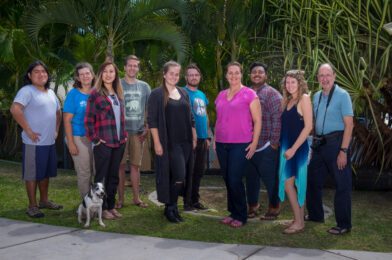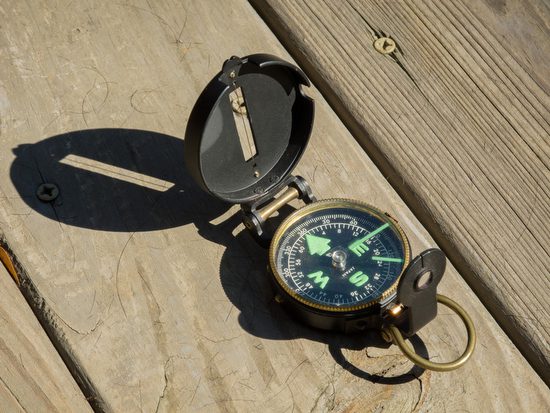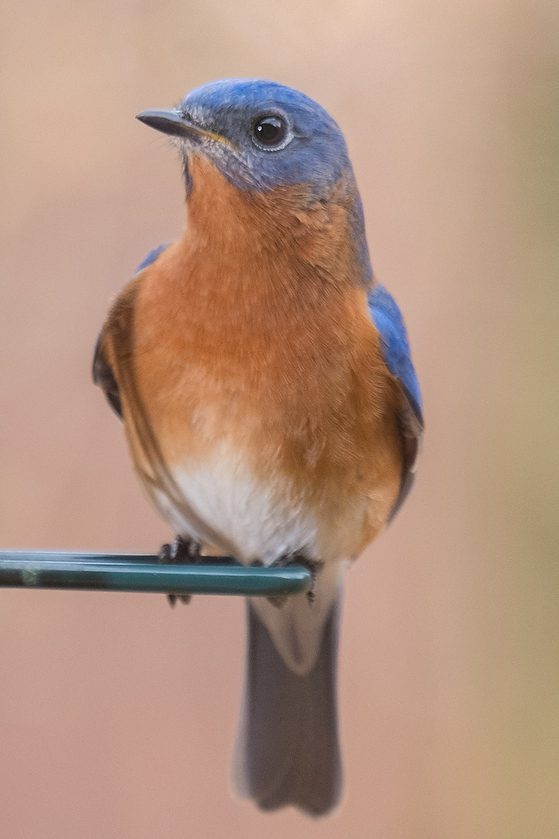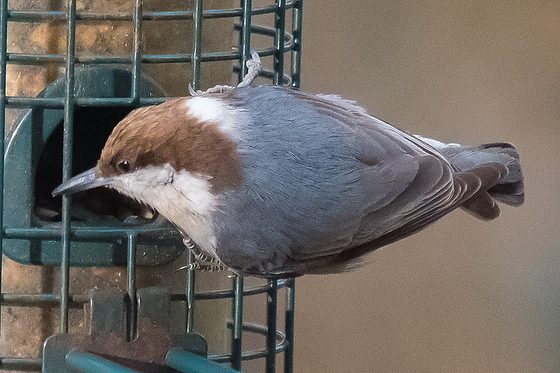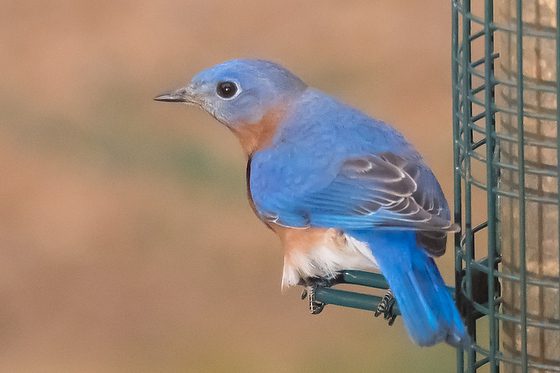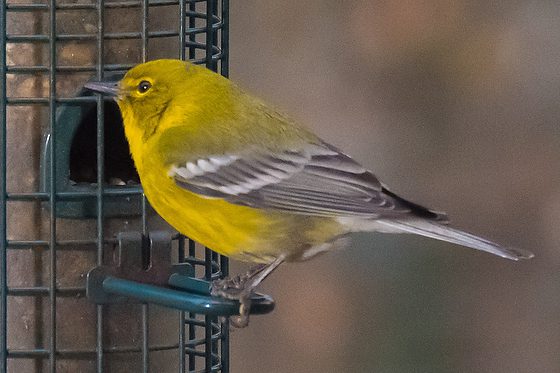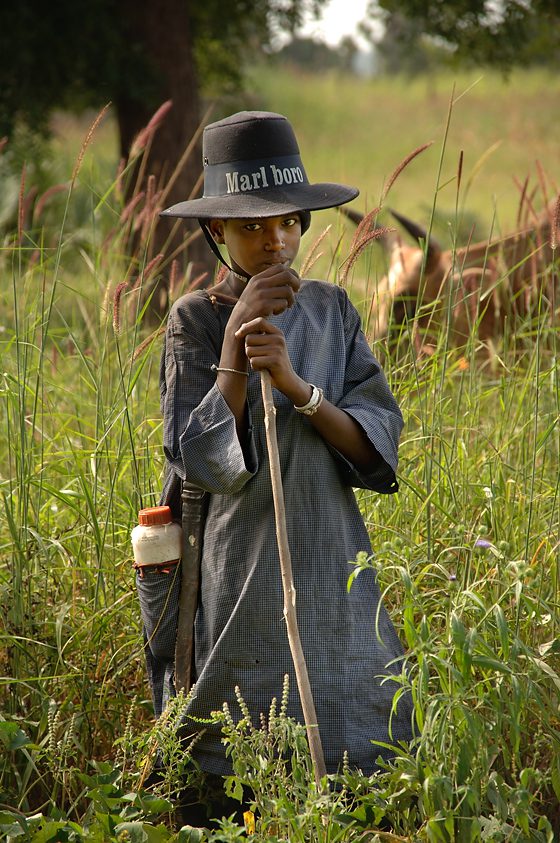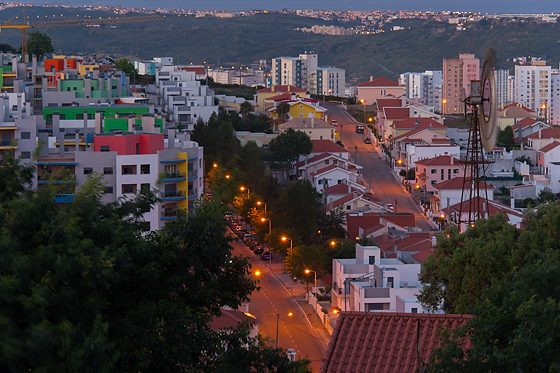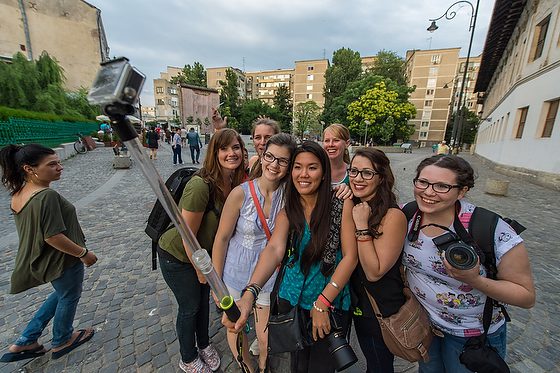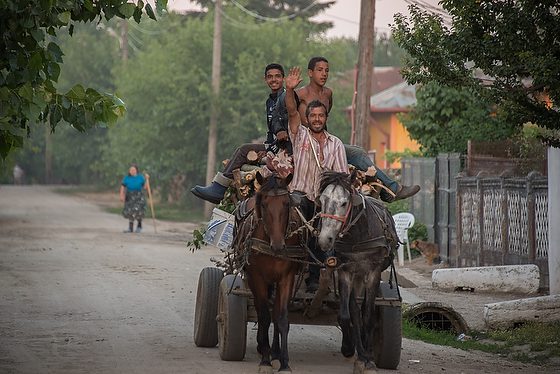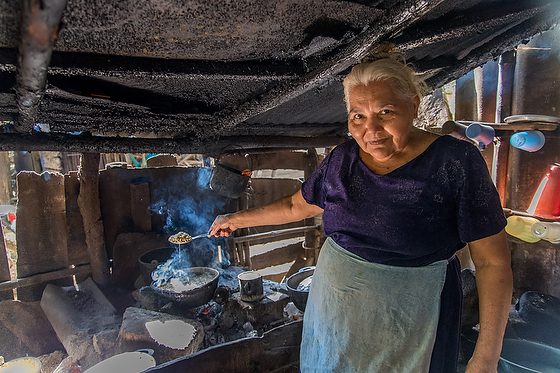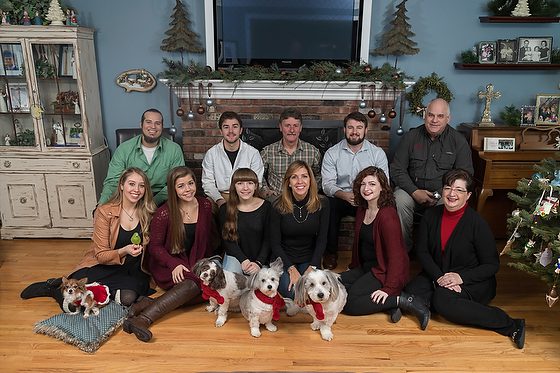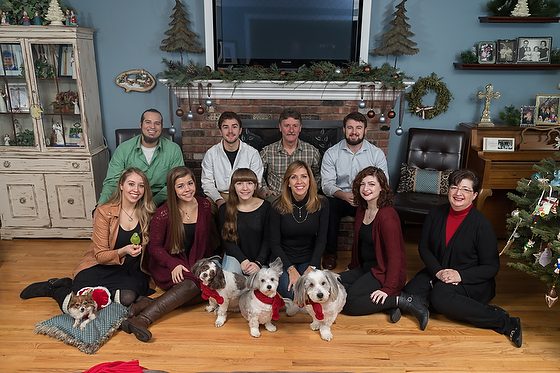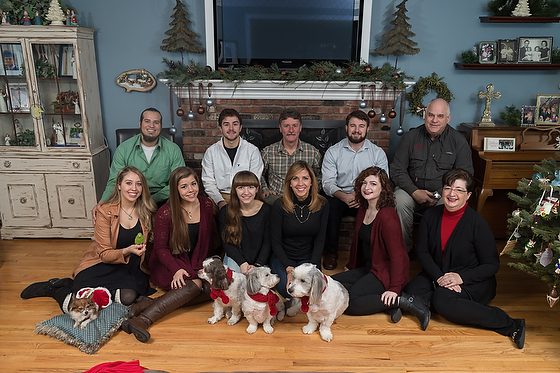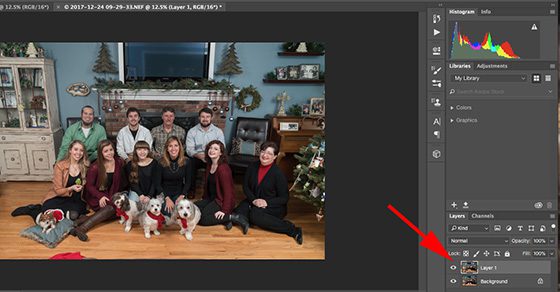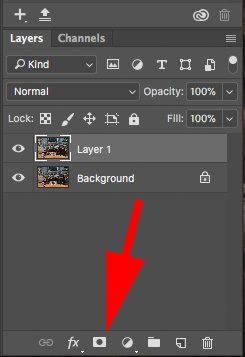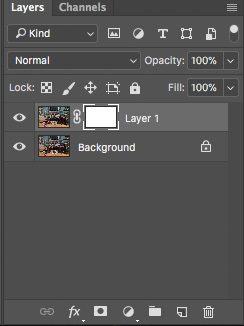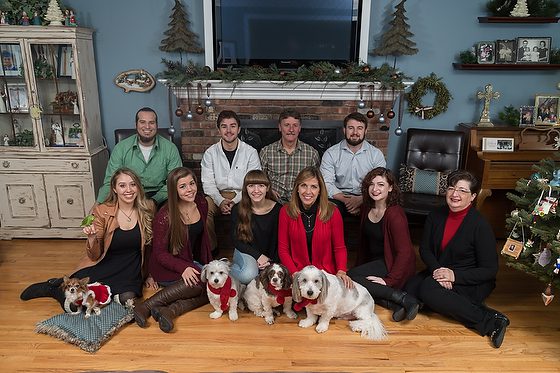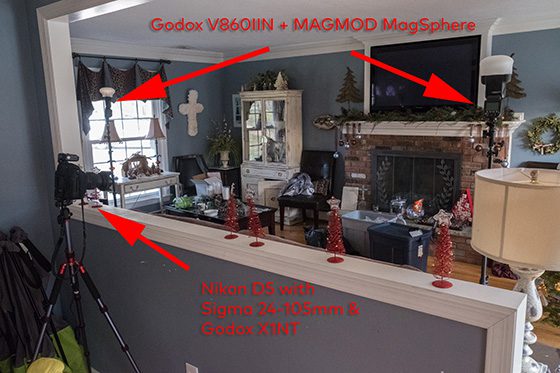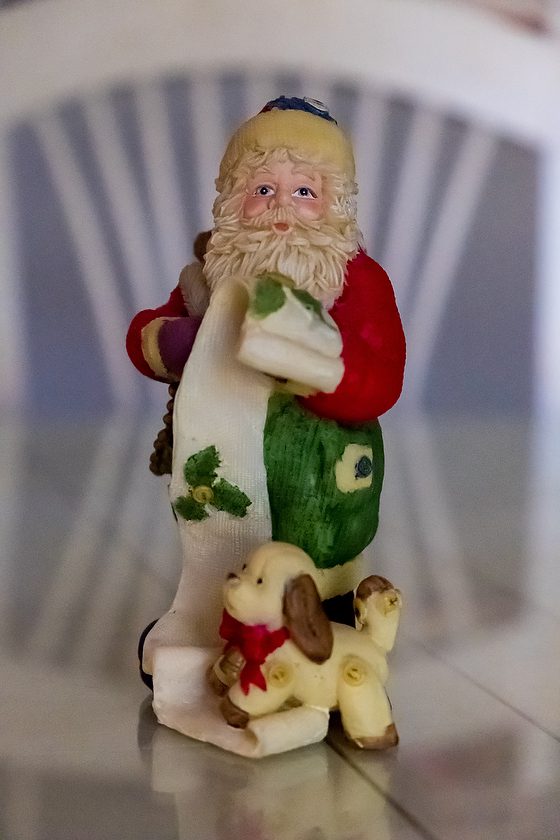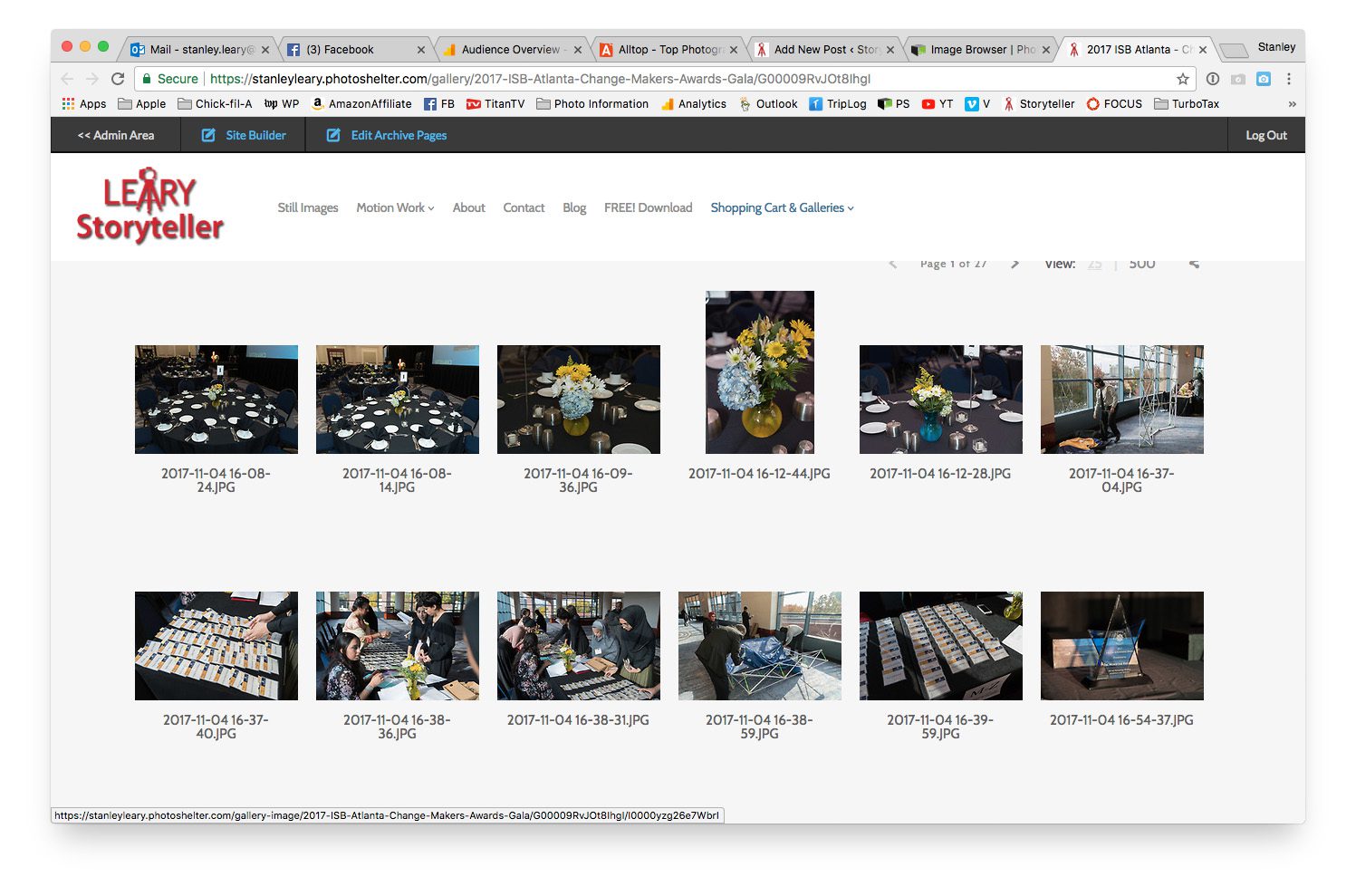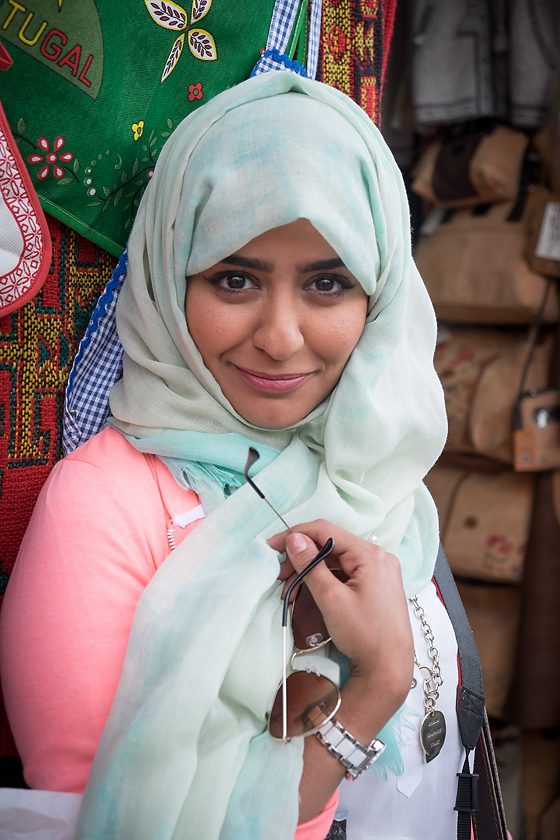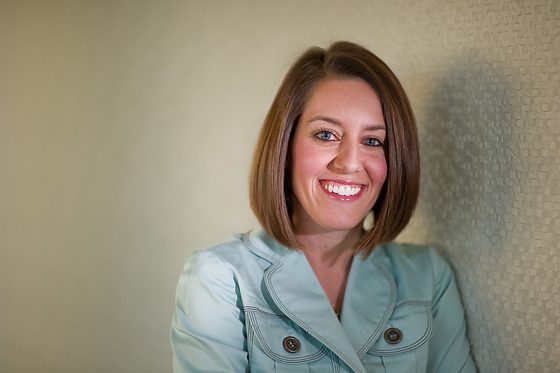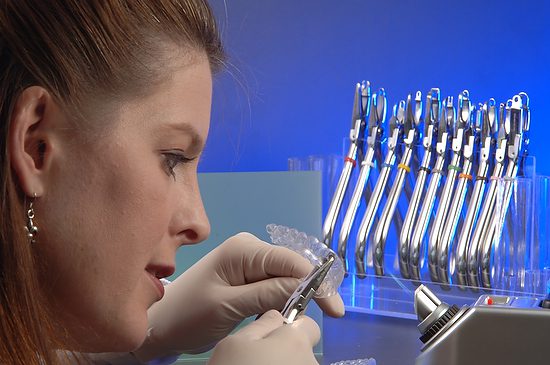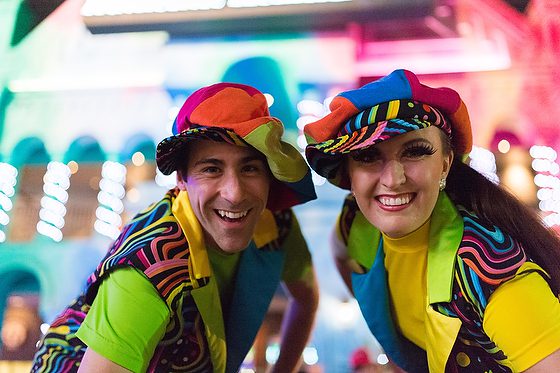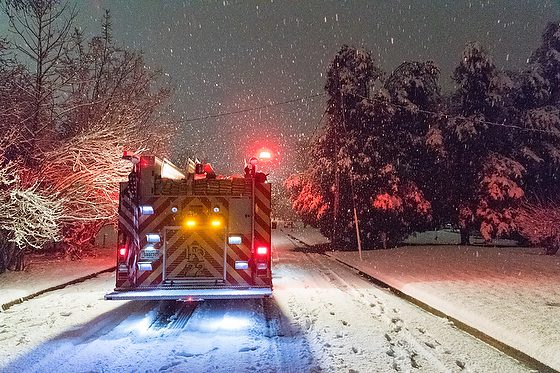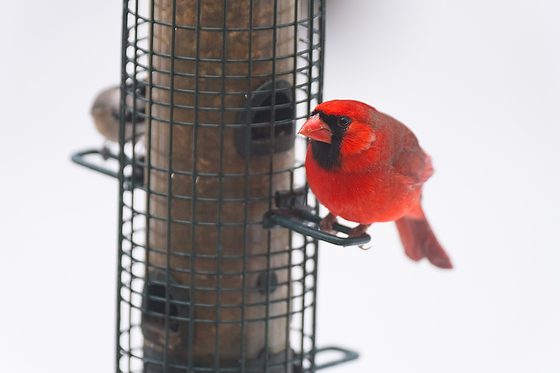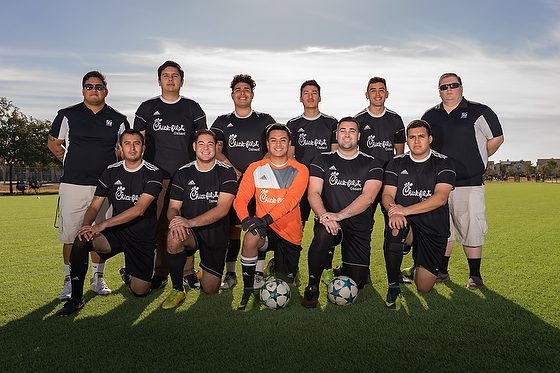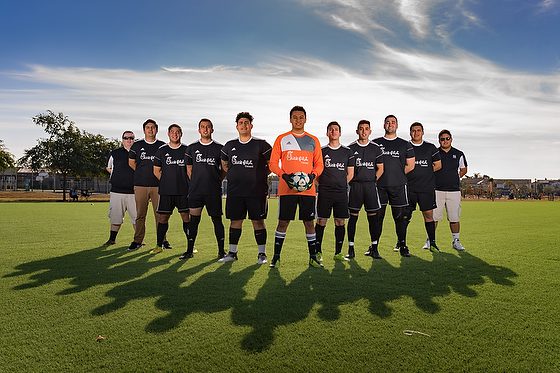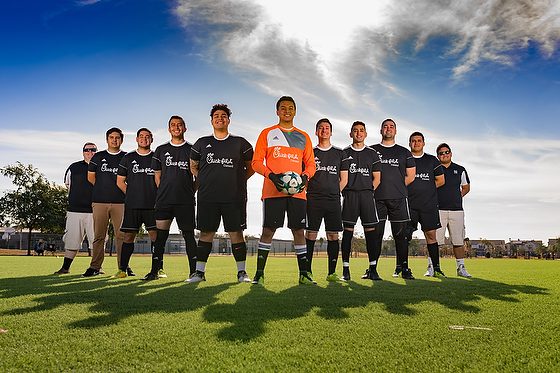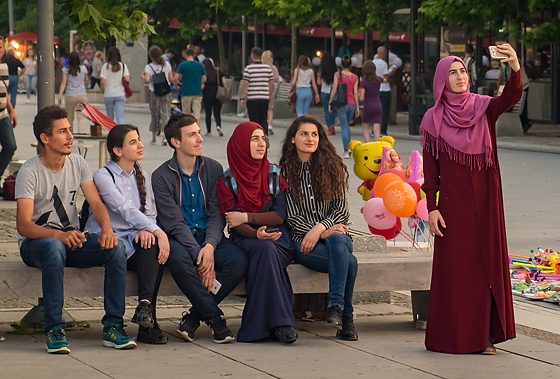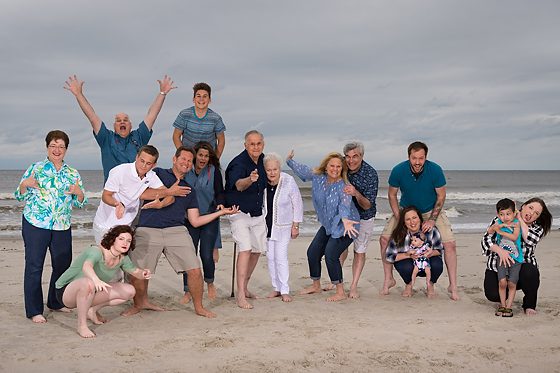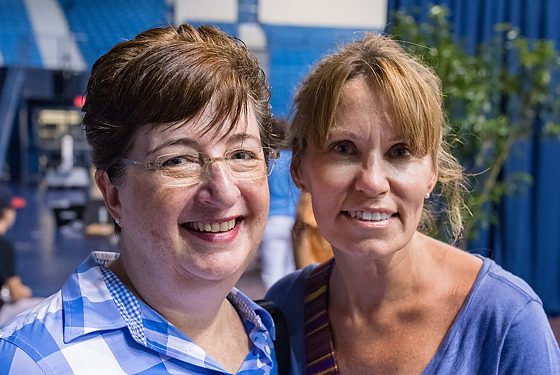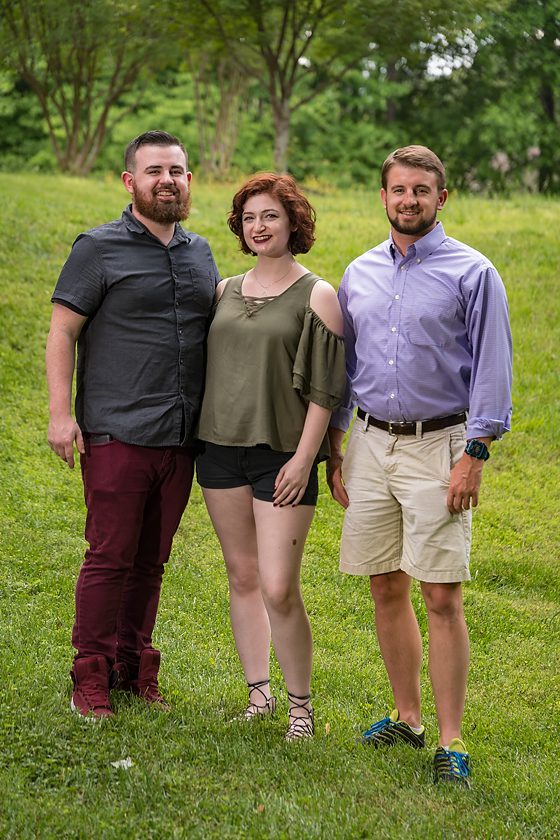2017 SOP1 Group Photo–L/R Juan Carlos Sanchez De Fuentes, Thema Black, Daisy Wang, Fred Tesone, Hayley Webb, Michael Gellerstedt, Laurelee Martens, Chance Punahele Ortiz,Heather Morse, & Dennis Fahringer. Also featuring Keiko the dog. [Fuji X-E2, Fuji 18-55mm, ISO 200, ƒ/9, 1/80]
A month from now I will be back in Kona, Hawaii to teach the YWAM School of Photography 1 portrait lighting and business practices for a week.
This group photo is last year’s class. This year’s group will be twice the size of last year.

While I will be teaching a great deal about lighting the business practices is the one thing that over the years has proven even more valuable to the classes.
“How do you make a living doing photography?”, is answered through solid business practices.
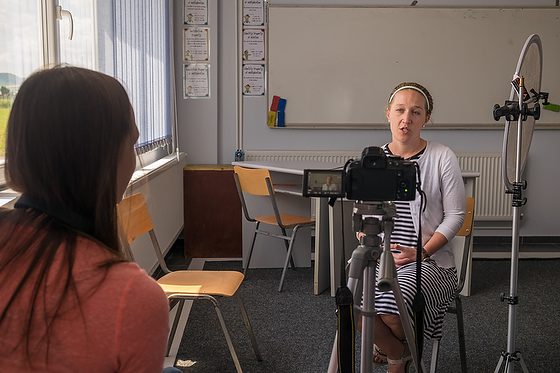
Knowing your Cost-Of-Doing-Business and how to price your work doesn’t get you clients. It only makes sure that you make money when you price jobs rather than losing money.
How do you get those clients? Well this is the Catch-22 of Freelancing.
When you are a professional photographer you are like every other business person. You are in the business of solving people and businesses problems through the use of photography.
What you need to be doing is interviewing people and listening. You need to find out what their problems are so that you can pitch to them solutions for which you can provide those services.

Having a portfolio is like any other business where you can display your wares, or as in this example Maine lobster buoys on the side of the road of commerce.
If the client know what they need then this works really well, except now your work is more of a commodity. This is an article of trade or commerce, especially a product as distinguished from a service. Due to your work being seen as a commodity it is much harder to get prices that work with your Cost-Of-Doing-Business.
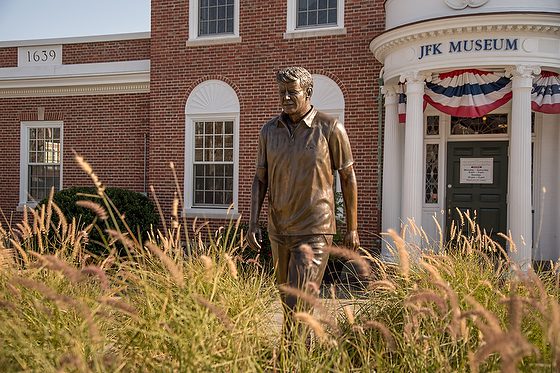
You need to be seen as a visionary for the person’s business and not just a commodity if you are in the creative arts type of a business.
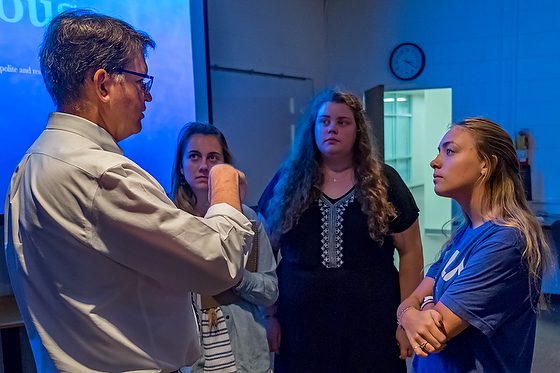
You need to put yourself in situations where you get to listen to business people talk about what they do. You need to learn about their business. You need to ask questions that give you understanding.
Only when you really understand what problems they are facing with their business can you then think of ways that you can help solve some of those problems.
Now often they do not even know that your solution is to a problem they have. This will come over time where you start to recognize problems facing business owners and knowing that there are solutions you have done for others that could work for another business.
Here is the Catch-22 you must face each day to make a living as a photographer. You have solutions for a business to thrive, but you must first find a way to know what problem a particular business is facing before you can offer a solution.
Making this even more complicated is that if the client already knows what they need then you will be treated as a commodity. You need to be the photographer that has business solutions and not just the ability to take a picture.

